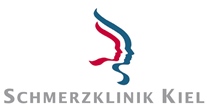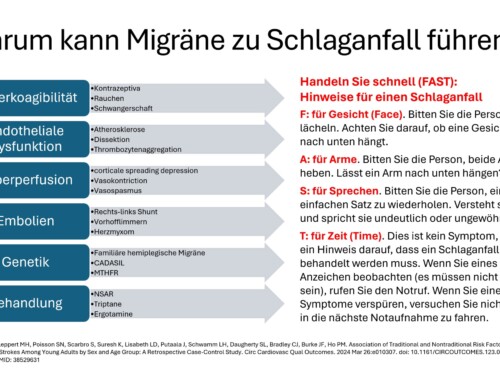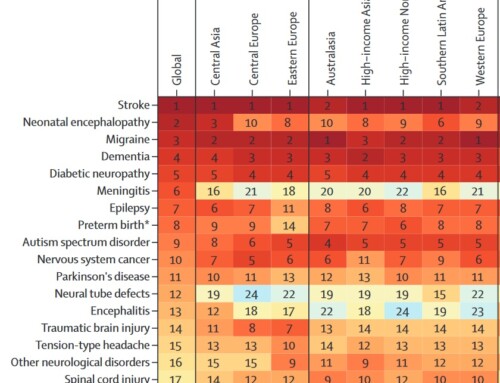the National Institute for Health and Care Excellence (NICE), United Kingdom, published for the first time guidelines for the use of transcutaneous stimulation of cervical branches of the vagus nerve for the treatment of cluster headaches and migraines. The following recommendations are described:
Current evidence regarding the safety of transcutaneous stimulation of branches of the vagus nerve in the neck for the treatment of cluster headaches and migraines does not indicate major safety concerns. However, the evidence of effectiveness is limited in terms of scope and quality. For this reason, the procedure should only be carried out under special arrangements for clinical supervision, consent, review of use or in the context of research projects.
Clinically active doctors who intend to use the procedure should pay particular attention to the following requirements:
- Inform your health district's clinical surveillance authority
- Ensure patients understand the uncertainty of the procedure's effectiveness and provide them with clear written information.
- Follow-up and clinical outcome monitoring of patients using transcutaneous stimulation of cervical branches of the vagus nerve to treat cluster headaches and migraines.
NICE reiterates the need for further research into transcutaneous stimulation of cervical branches of the vagus nerve for the treatment of cluster headaches and migraines.
In conclusion, NICE confirms that there is no good evidence on how well transcutaneous stimulation of cervical branches of the vagus nerve works for the treatment of cluster headaches and migraines. The procedure should only be used if special precautions are taken to explain the risks to patients. Special steps should be taken to ensure precise follow-up and to follow treatment exactly. Further research is needed and NICE will re-evaluate the procedure when more data becomes available. NICE warns that the procedure is uncertain about its effectiveness and it is unclear whether it can improve symptoms. Patients should be thoroughly informed about this matter.
The current data suggests that the procedure for the treatment of cluster headaches has a higher chance of being effective compared to the treatment of migraines. When evaluating the data, however, it must be taken into account that the spontaneous course of active cluster periods is limited in time. Active cluster periods last between 4-8 weeks and then subside spontaneously. Observations of individual cases could unfoundedly suggest that a therapeutic method used is responsible for the attacks resolving. This misinterpretation of the effectiveness of therapeutic procedures also applies to many other therapy options used for cluster headaches. These include, for example, surgery of the nasal septum, surgery of the maxillary sinus mucosa, extraction of teeth and others.
GammaCore for transcutaneous stimulation of cervical branches of the vagus nerve in the treatment of cluster headaches and migraines is not a standard health insurance benefit in Germany. The monthly costs for a maximum of 300 applications are approximately 260 euros. The procedure is not recommended in the current German guidelines for the treatment of migraines and cluster headaches.









Leave a comment